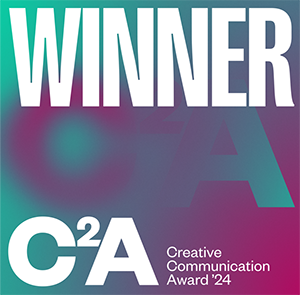Portuguese Photography Centre
Curatorial Statement - LENTE FEMININA
(Female Lens)
Exhibiting Photographers Rosa Reis
(1949)Artist Website Denyse Gérin-Lajoie
(1928-2012)Globe & Mail article Alessandra Chemollo
(1963)Artist Website Elaine Ling
(1946-2016)Artist Website Adérita Amor
(1951)Artist Website Inês Gonçalves
(1964)Artist Website Eva Besnyo
(1910-2003)Aware Women Artists Article Ida Kar
(1908-1974)National Portrait Gallery Debbie Fleming Caffery
(1948)Artist Website Margaret Bourke-White
(1904-1971)International Center of Photography Edith Tudor Hart
(1908-1973)National Galleries of Scotland Doris Ulmann
(1882-1934)International Center of Photography Julia Margaret Cameron
(1815-1879)Victoria and Albert Museum Cristina García Rodero
(1949)International Center of Photography Flor Garduño
(1957)Artist Website Jane Evelyn Atwood
(1947)Artist Website Elza Lima
(1952)Artist Website Berenice Abbott
(1898-1991)International Center of Photography
The role of women, which for centuries was confined to the home or to monastic seclusion, took on a new prominence in the late 19th century and early 20th century when many paradigms were called into question, namely the emancipation of women and their involvement in various areas and activities of social life.
The political and social changes that followed World War II led to profound transformations, particularly the abandonment of the stereotype of women as weak, passive, and dependent beings. From the late 1970's onwards, women's art -- and art by women photographers in particular -- began to be interpreted and valued, not only as an expression of uniqueness but also a tool for deconstructing the 'male gaze'.
In order to show this evolution, we highlight the social concerns of Doris Ulmann, who portrayed African-American workers in the plantations of southern USA, or Edith Tudor Hart who as a Bauhaus disciple aimed to restore art's social mission. With World War II, Margaret Bourke-White emerges as a first female war correspondent while during the 1950's Sabine Weiss Weber was considered the Great Dame of humanist photography.
In 1960, Vieira da Silva was portrayed by Russian photographer Ida Kar who never managed to fit the increasingly commercial photographic environment of the 1960's. At the end of the century, the range of women's photography had widened significantly. In the 1990's, we find Cristina Garcia Rodero's photographic record of Catholic gypsies and, simultaneously, the theatricality of the images by the poet-photographer Flor Garduno. In Portugal, Helena Almeida, one of the most prominent visual artists of the second half of the 20th century created a body of work that crossed disciplinary boundaries and questioned the relationships between body, work, and space.
Therefore, this exhibition aims to pay tribute to the women photographers represented in the National Photography Collection, whose individual practices contributed to the excellence of the photographic narrative and broke away from the preconceptions of a male-dominated profession.
